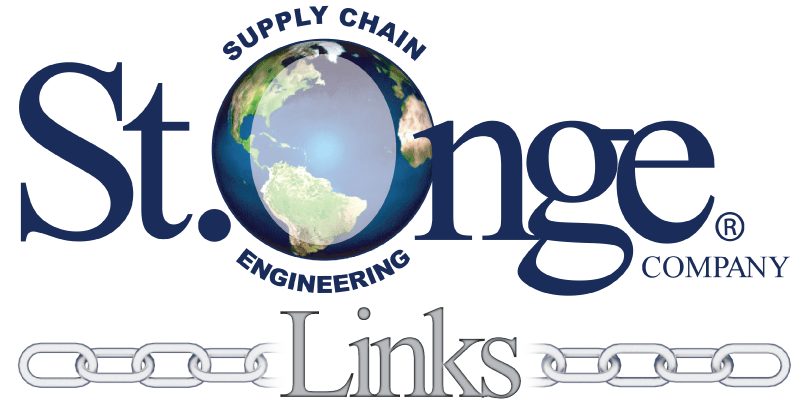 Strengthening your supply chain one link at a time.
Strengthening your supply chain one link at a time.
In the supply chain industry there is rightly a focus on data quality and data driven solutions to complex problems. Such solutions must be supported by a scientific approach to the optimization of supply chain networks and systems. This methodology is critical in network optimization modeling as well. A less often discussed complementary aspect to the science of network modeling, however, is the art of network modeling.
The art of network modeling is less formulaic and more open to subjective judgement about the best tailored modeling strategy to apply in a given set of circumstances. Learning the art comes with experience and a keen attention to detail. Various software packages can be used to construct a network optimization model such as Coupa/Llamasoft Supply Chain Guru X or Optilogic Cosmic Frog to name a few, but the principles described below are appropriate regardless of the chosen platform.
Begin with the end in mind – When deciding how best to structure a model, the experienced modeler will begin with the end in mind. This involves clear communication with all stakeholders in the outcome of the network analysis. What are the goals of the network analysis and what questions need to be answered by the model itself? For example, a network model may be used to choose an additional distribution location. Stakeholders may also want to know which specific customers should be optimally serviced by that additional facility. Perhaps the model will need to be constrained by service level or throughput by product type among a wide variety of other possible constraints. What outputs and level detail will be needed for the results? The effective modeler will need to incorporate such considerations from the outset to ensure that the model is built with the necessary elements to satisfy desired outputs. Careful prior planning will reduce rework and ensure success.
Effective Aggregation – Most models are not built with every individual customer and/or SKU loaded as elements. A robust model will have the right degree of aggregation, in which certain customers, items, suppliers, warehouses, transportation modes, and other such elements are grouped at some level of commonality. For example, ecommerce customers within the same 3-digit zip code can be grouped into a single model customer. In this example transportation rate differences within a 3-digit zip code would generally be insignificant and accuracy is not sacrificed by aggregation. On the contrary modelers must be careful not to aggregate too deeply and diminish necessary detail.
Flexibility – A variety of scenarios may be built to answer a range of questions. Within the modeling software there are multiple ways to manipulate the model when building scenarios. Knowing the best methods to change elements in a desired scenario without causing unintended consequences is important. Therefore, options on how to constrain the model and adjust elements are critical. For example, if the modeler wanted to run a scenario which optimized only prepaid outbound freight to customer, it would be imperative to include the freight terms in the customer groupings. Failure to do so may still provide an accurate answer in total but would not allow the flexibility to isolate certain elements and summarize results at the correct level.
Simplicity – Just as a racecar builder often wants to “add lightness,” the model should be built as simply as possible while still containing all the parts needed to answer the questions at hand. Are there opportunities to group fundamental data into a single model input rather than 2 or 3 interrelated tables? How many records could be eliminated in model element tables if the bottom 2% of demand were consolidated into “other” categories? Could a transportation mode which accounts for an insignificant amount of freight be dropped or rolled together? Such simplification may reduce runtime, eliminate possible errors, and be more easily understood by stakeholders.
Finding the Sweet Spot – All the above factors must be balanced to build a cohesive model which incorporates the right level of detail in the model elements, considers possible constraints, provides appropriately detailed outputs, and optimizes with reasonable speed all without sacrificing accuracy and overall quality of the network analysis. To effectively master the art of distribution network modeling, the modeler should strategically build a model which is robust, flexible, simple, and accurate.
—Eric Payne, St. Onge Company